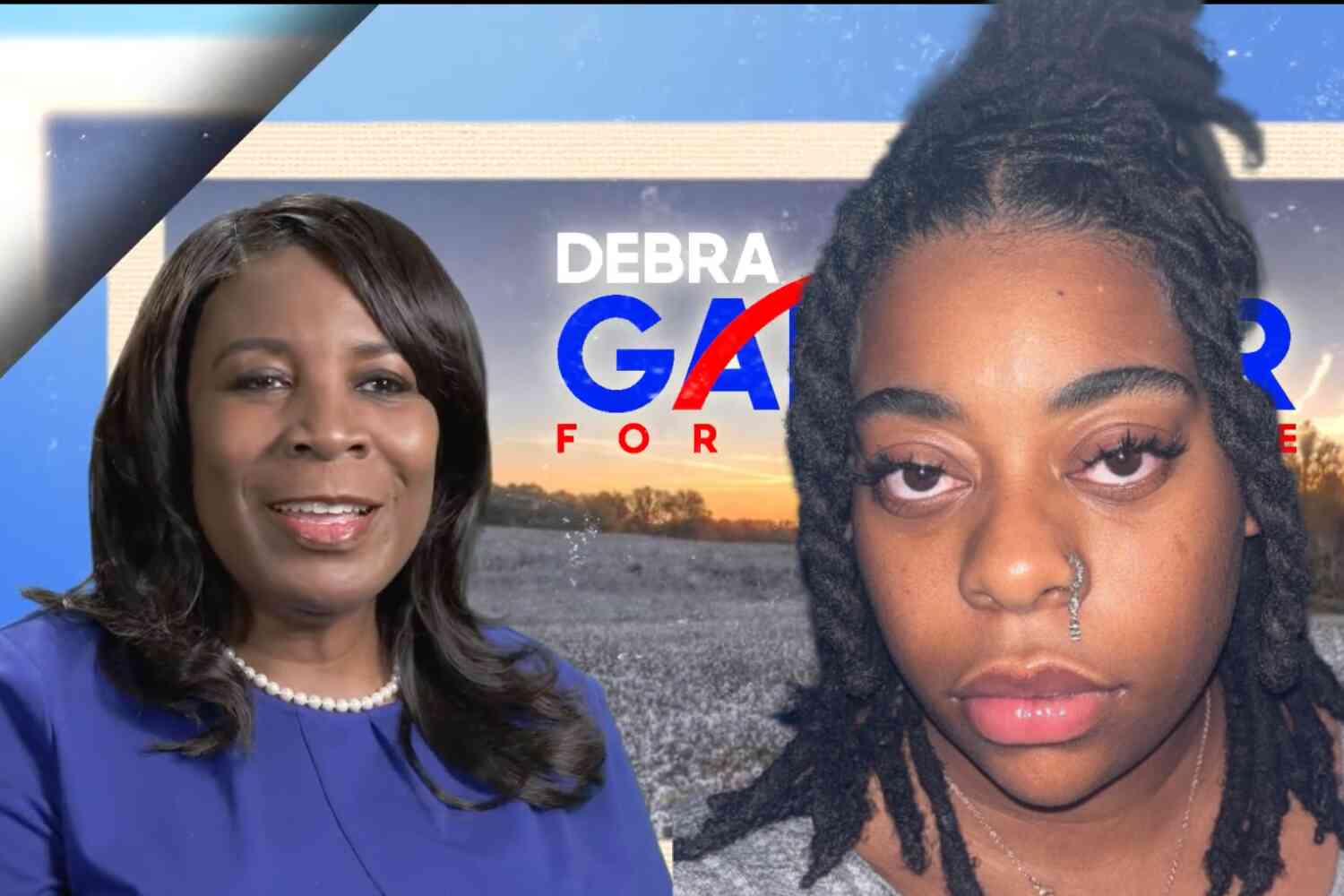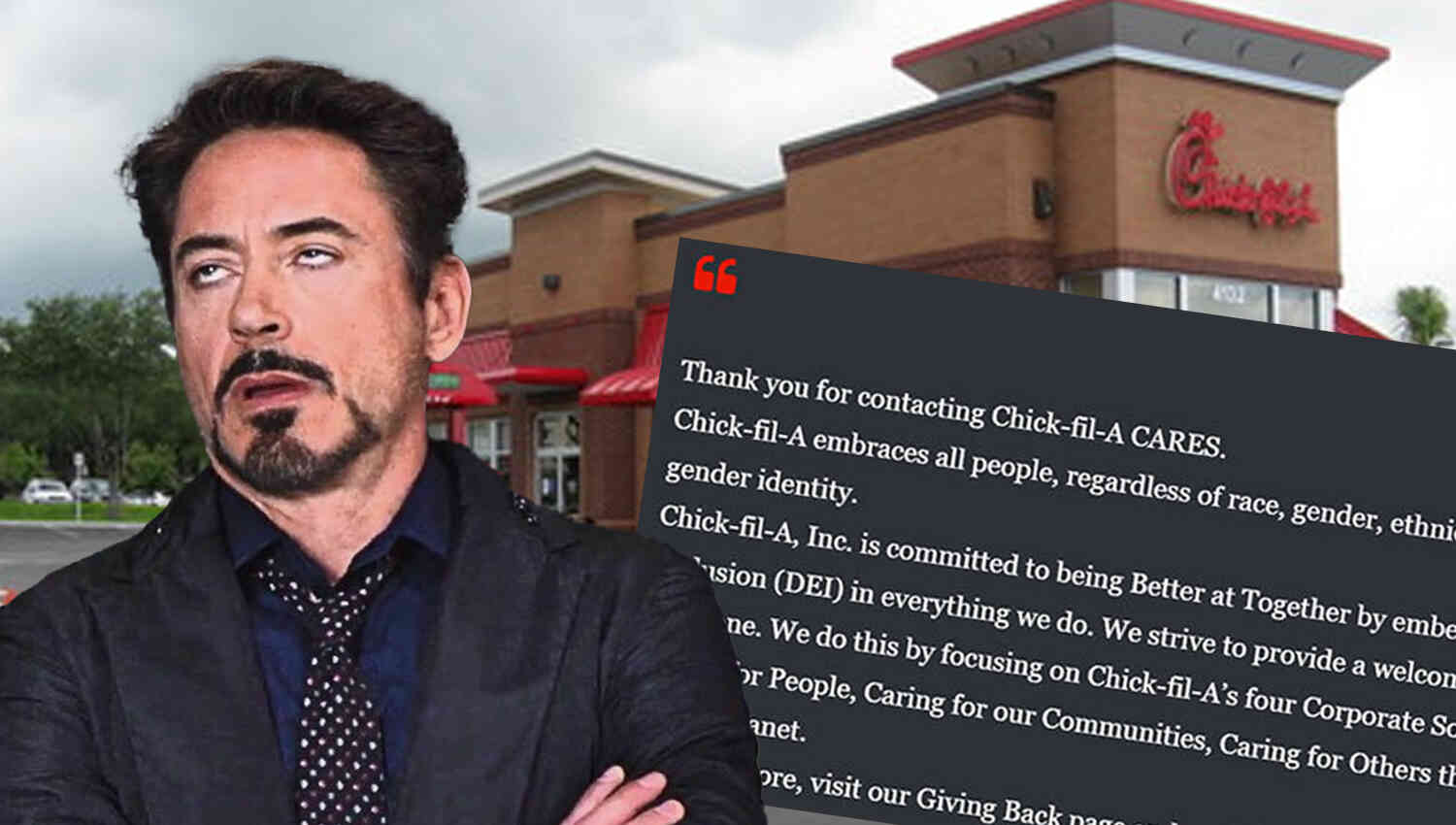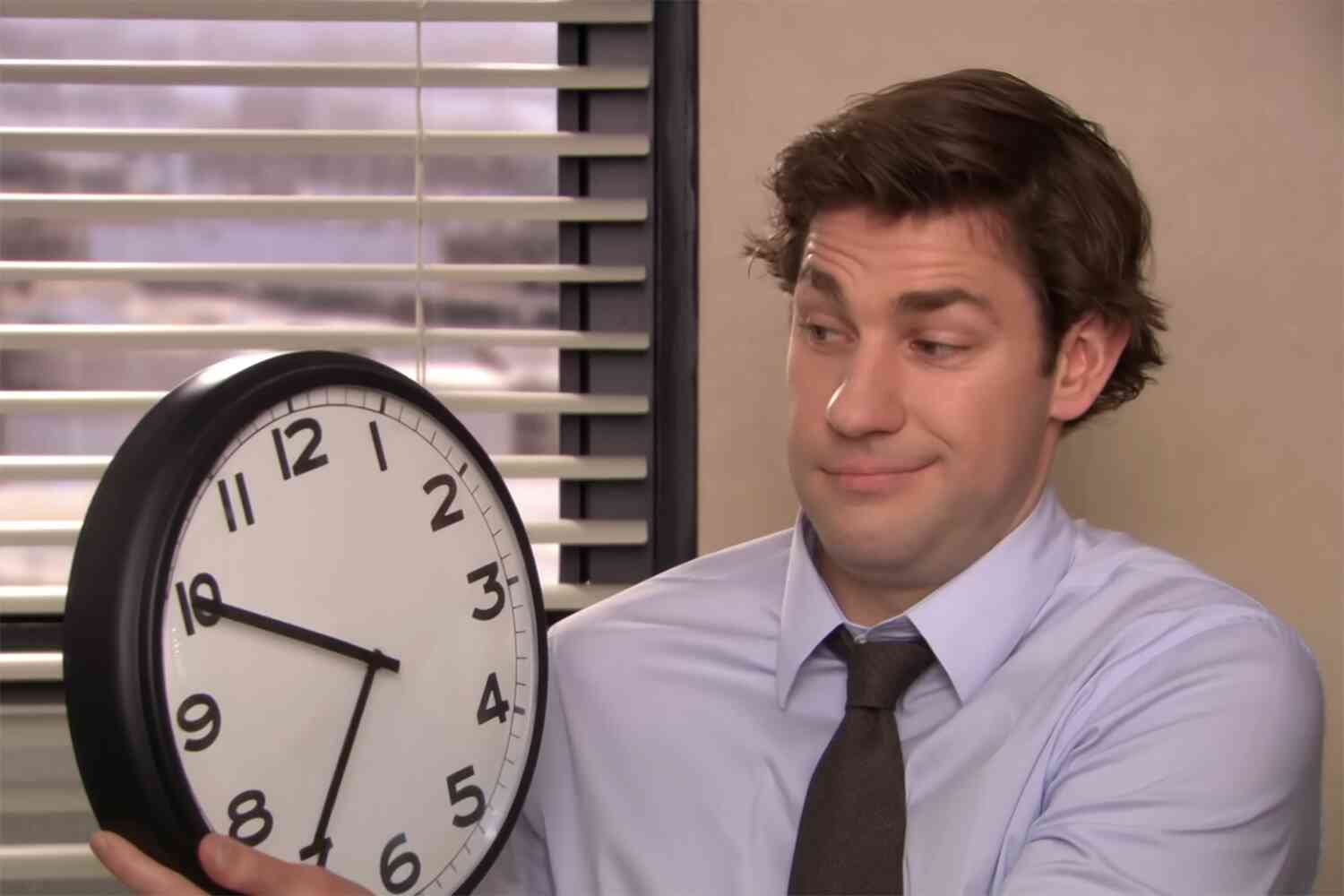Be honest: If you came into a law school and saw this painting on a wall, what would you think?
"Goofy," maybe. "Kind of ridiculous," perhaps. "Overwrought expressionism that borders on outlandish magical realism," if you're into that sort of criticism.
But it's also pretty obvious that it's, you know, not racist. I mean, it's in a Vermont law school, for Pete's sake, and it's pretty easy to see who the bad guys are, and what the painting is supposed to depict.
Nevertheless, the murals have to go. Because of, you know, 2020, or whatever.
For years, when students at Vermont Law and Graduate School came to Shirley Jefferson with objections to the murals in the student center, and their depictions of Black people that struck some as racist caricatures, the longtime Black administrator urged those protesting to move on. ...
Then came the summer of 2020, and for Ms. Jefferson and many others, a renewed commitment to confront embedded racism and insensitivity, even where it might be unintended. "When George Floyd was killed, all of a sudden I said to myself, ‘That mural has got to go,'" she said. "I called the dean, and he said OK.''
As an aside, it really is quite astonishing the outsized effect that George Floyd's death had on the country. You'd never think that the police-involved death of one random guy in Minneapolis would have anything at all to do with a mural at a Vermont law school. But that's the world we live in now.
The murals in question were made to be anti-racist; they were done specifically in that style, in 1993, by Canadian-based U.S. artist Sam Kerson:
After envisioning a pair of murals that would describe the horrors of slavery and celebrate Vermont's abolitionist history, Mr. Kerson said he searched the state for a place with the right set of walls and a mission that would complement his theme. The tiny, progressive law school on the banks of the White River seemed a perfect setting, he said, and its leaders in the early 1990s welcomed the project to the second floor of its student center, an airy, quiet space used for study and meetings.
Whatever you think of the style of the art itself — I'm not a fan of the fantastical, that's just me — it's inarguable that the paintings were an expression of anti-racist, abolitionist, pro-freedom sentiment. But of course that wasn't enough. It never is.
It was not until 2020 that Ms. Jefferson, now an associate professor and vice president, concluded that "the mural was part of the problem and inconsistent with the Law School's mission no matter if the intentions that led to its creation were good," she wrote in a statement to the federal district court in 2021.
"Part of the problem?" That seems, um, a bit silly. The idea that these paintings are even remotely contributing to any sort of negative racial environment is just outlandish.
Unfortunately for Kerson, both the law and basic principle are probably both on the side of the school: It's their wall, surely they have control over the mural itself and they can do what they want with it.
That doesn't mean, though, that it's the right call to take the paintings down. In fact it's a pretty dumb decision to do so, particularly for the reasons involved. Kerson himself arguably said it best:
"Of course the images are disturbing," Mr. Kerson wrote after the district court's ruling in 2021 affirmed the law school's plan to cover his work. "These images represent human suffering, and if you do not find them disturbing, you are not looking at them."









